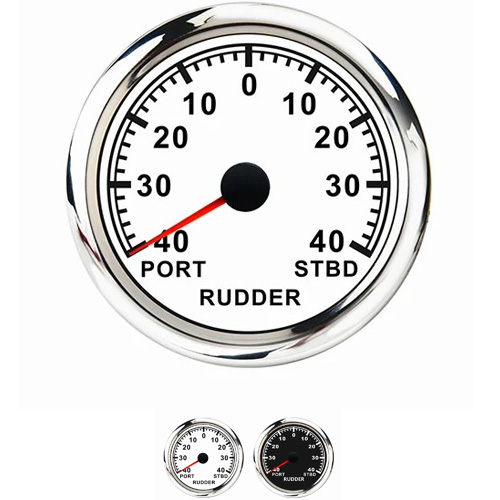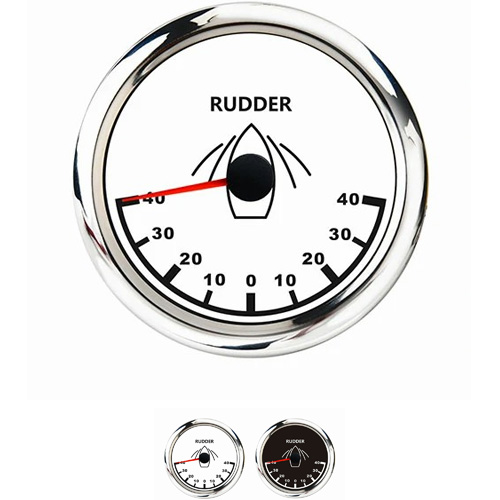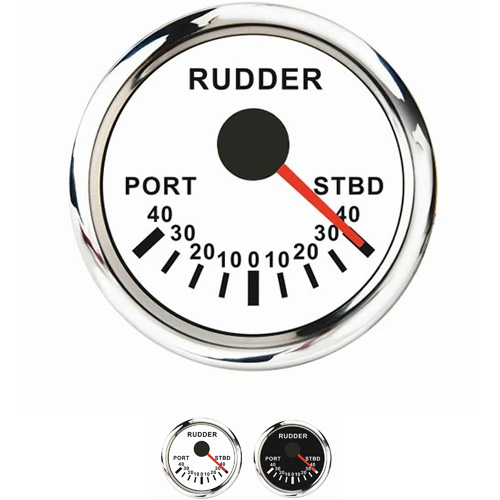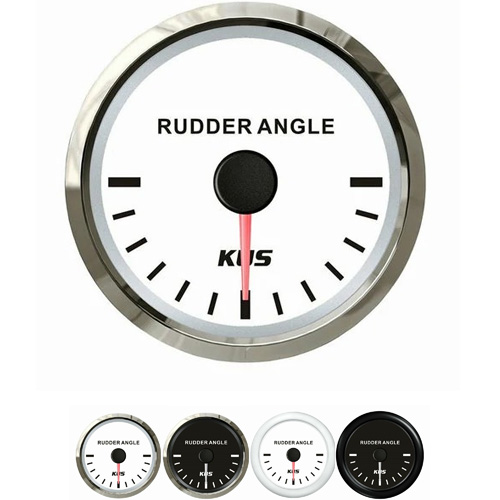rudder angle indicator working principle

When steering, one should pay attention to energy, carefully listen to and respond to the steering instructions. When turning the rudder, one should look at the bow of the ship, the compass, and the rudder angle indicator. When turning the rudder, the speed of turning the rudder should be fast, and it is necessary to return to the rudder in advance. The reaction to pressing the rudder in advance should be fast, because the ship has a large inertia and is floating on the water, and the resistance on the smooth surface of the water is small.
Common rudder is also called unbalanced rudder. The rudder area of this type of rudder is all located behind the axis of the rudder stock. When turning the rudder, the center of the rudder pressure action is far from the axis of the rudder stock, so a rudder with a large output power is required to provide sufficient turning torque. The support points of non balanced rudder can be divided into two types: single pin type and multi pin type, of which the multi pin type is easy to ensure the structural strength.
Part of the rudder area of balanced rudder balanced rudder is located in front of the rudder stock axis, and the height of the entire rudder is evenly distributed. When turning the rudder, the center of rudder pressure action is closer to the rudder stock, so the required rudder output power is significantly less than that of the non balanced rudder.
When inspecting and checking the rudder angle limiter, the security inspector should have the ship's pilot fully turn the left and right rudder respectively, and observe whether the rudder angle limiter is working when the rudder angle reaches its maximum angle. Otherwise, the shipowner should be required to carry out repairs. Check the sealing performance of the hydraulic system of the rudder. The rotation of the rudder blade is achieved by the electric motor power transmitted by the liquid in the oil cylinder.
The stern twist angle refers to the lateral deflection angle of the stern caused by the rudder angle when a ship is in motion. Calculating the stern torsion angle requires consideration of factors such as rudder angle, ship speed, ship type, and water flow. It is necessary to measure the ship's speed and stern deflection angle at different rudder angles and record them in the rudder angle test table. Then, according to the geometric parameters and fluid mechanics characteristics of the ship, the stern twist angle of the ship at different rudder angles is calculated using mathematical formulas.
 English
English 






Get a Quote / Info